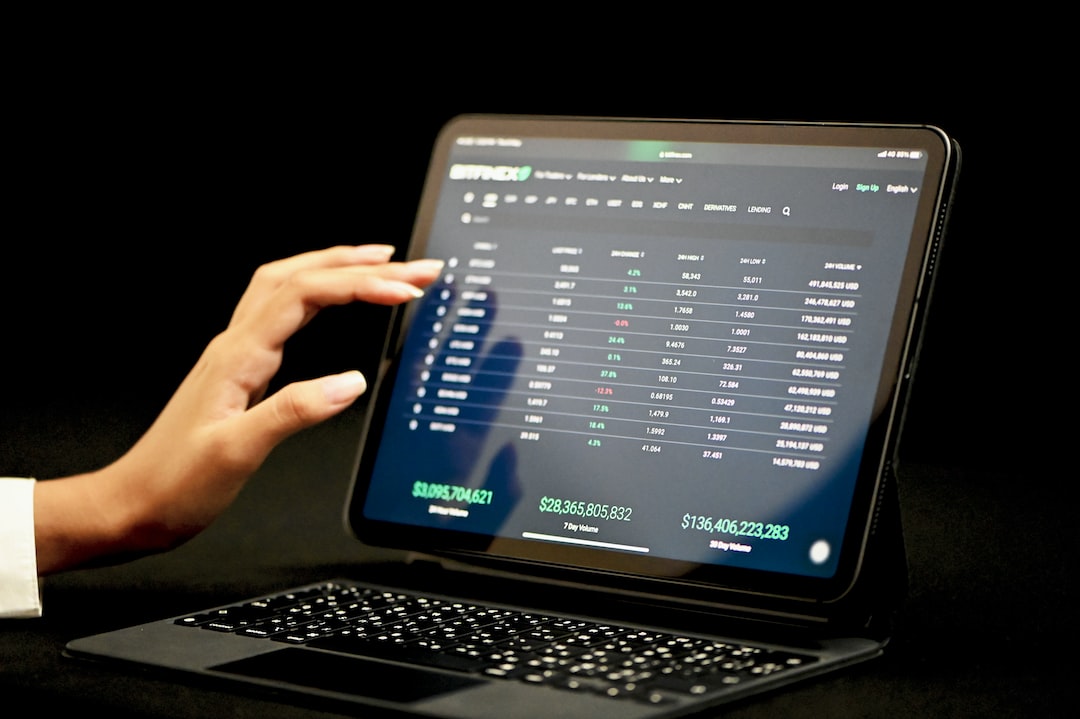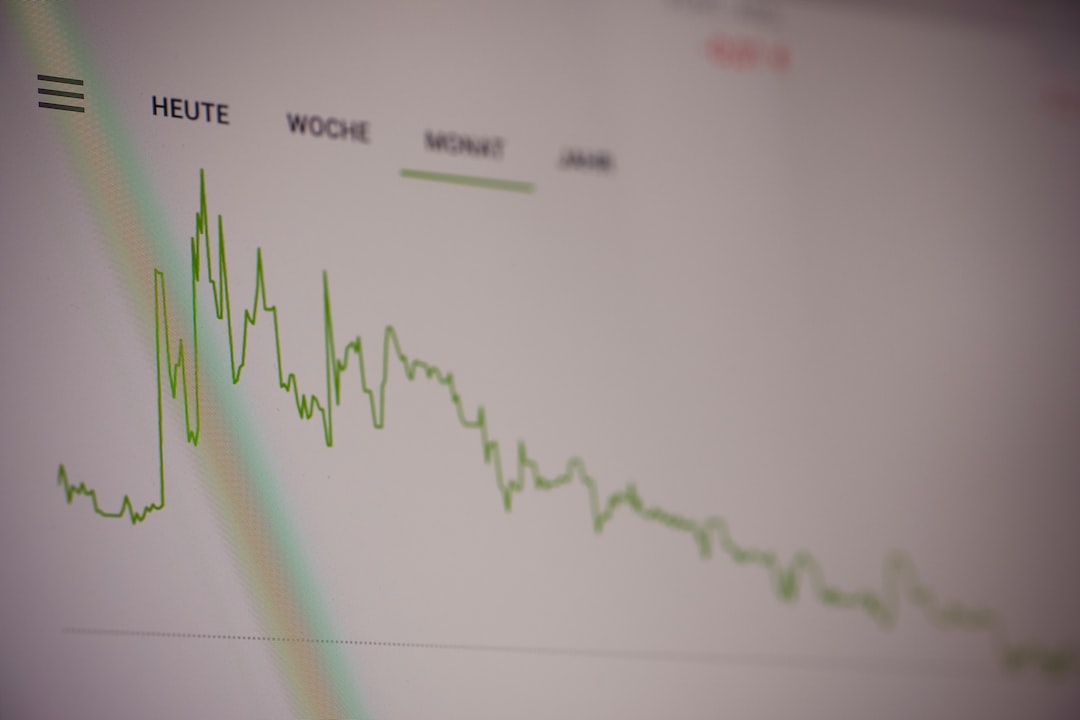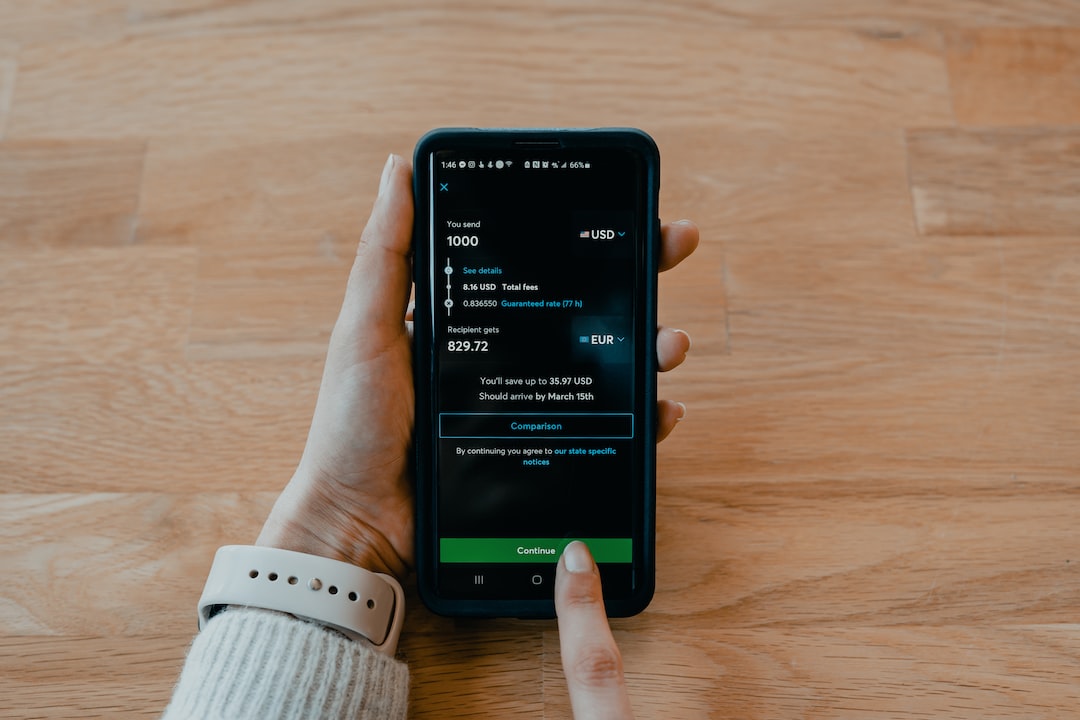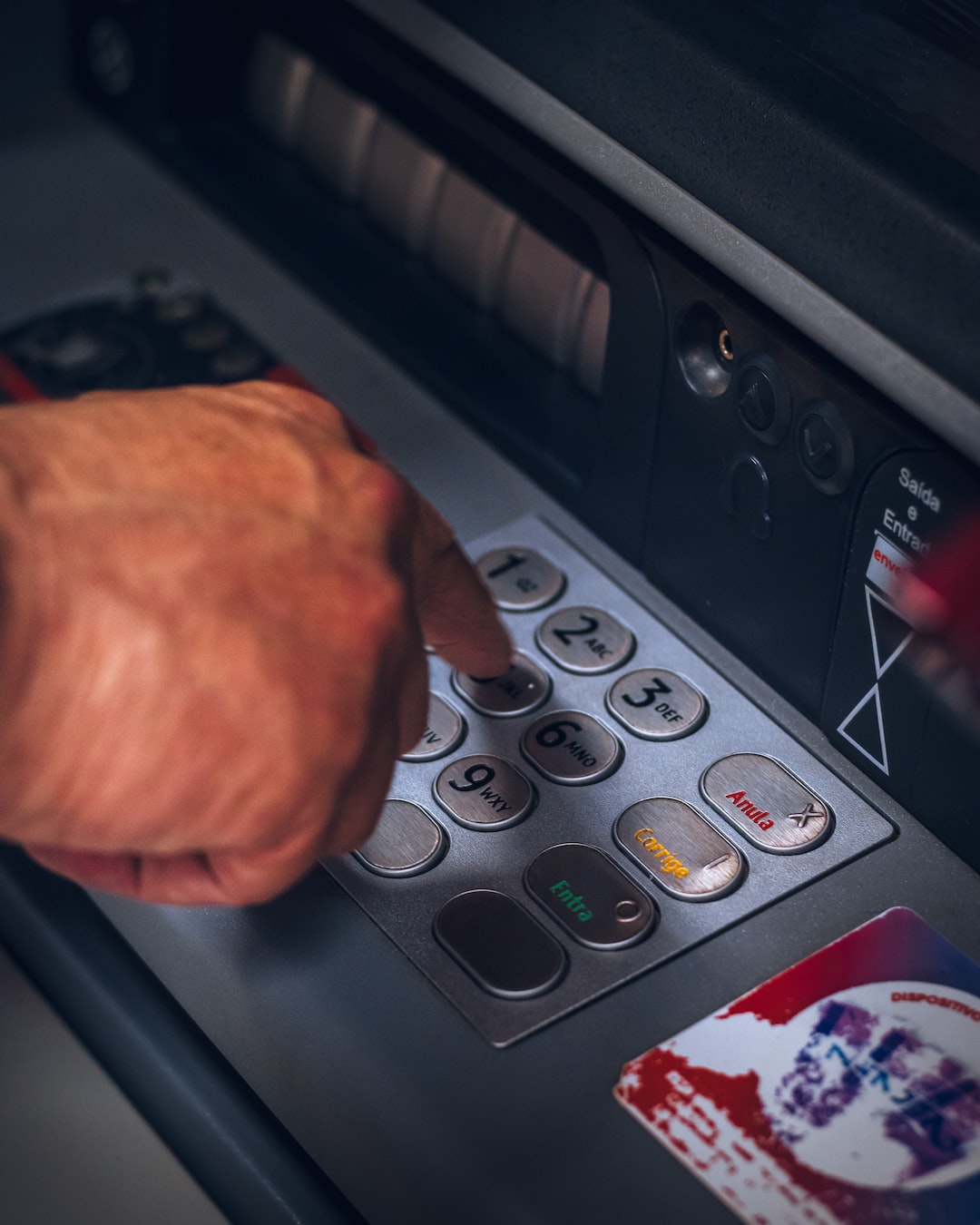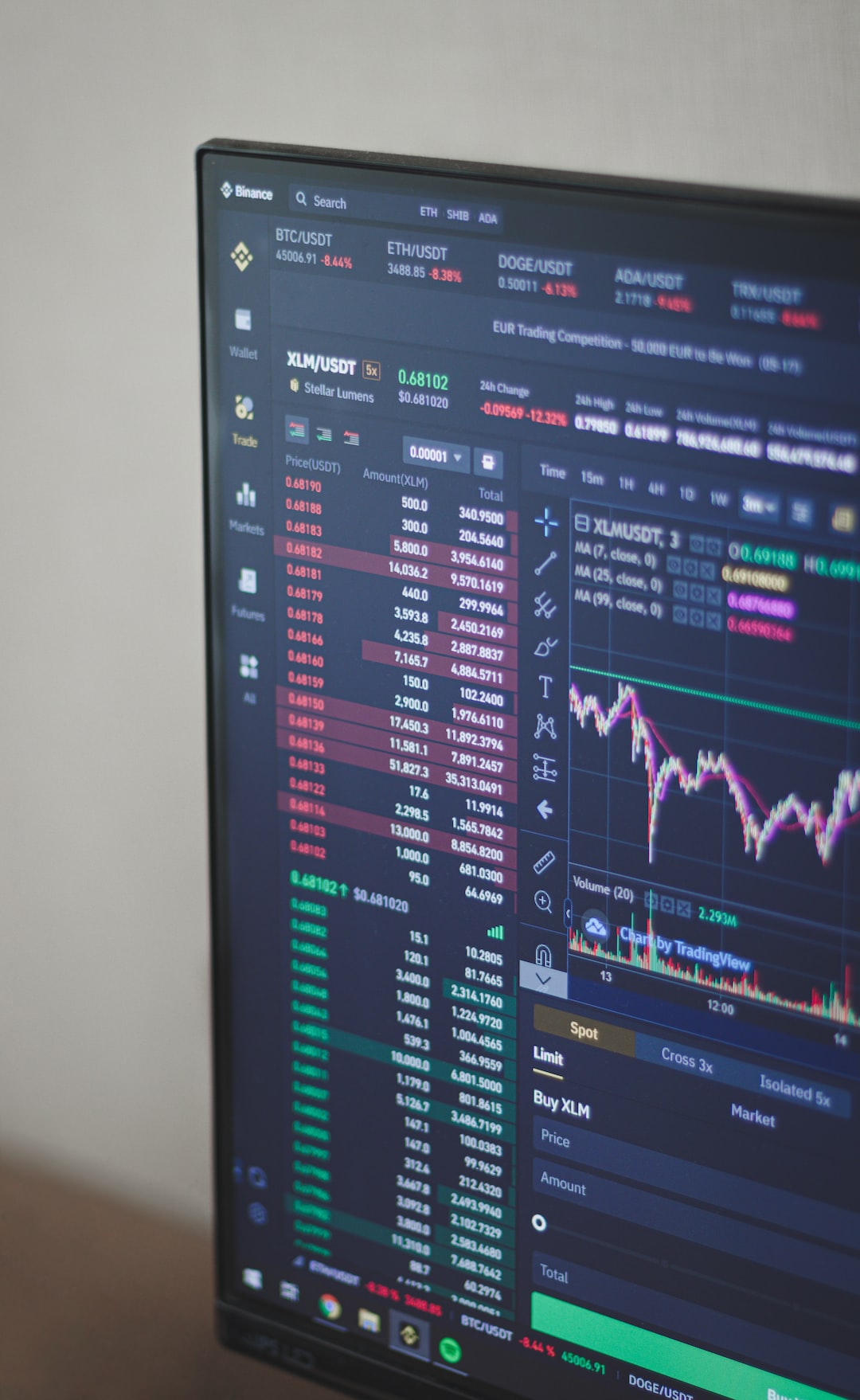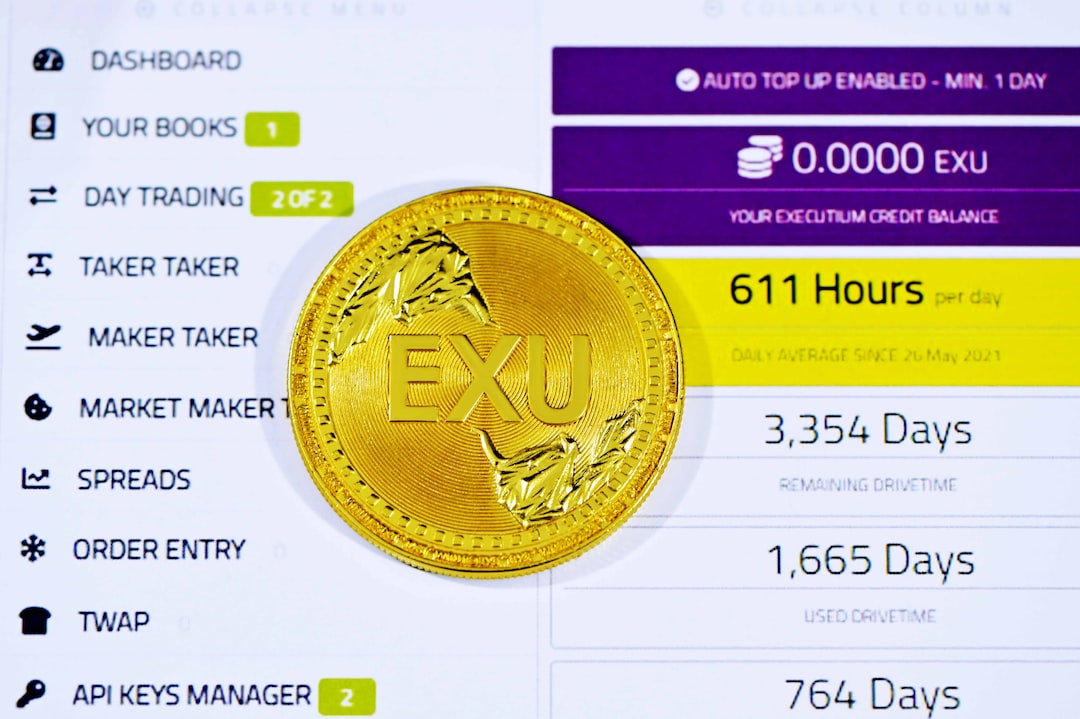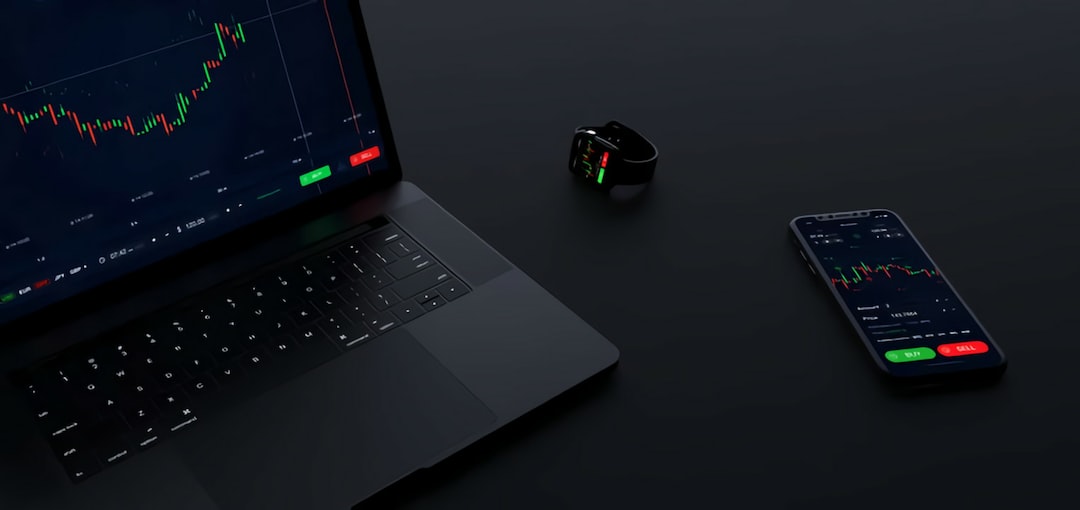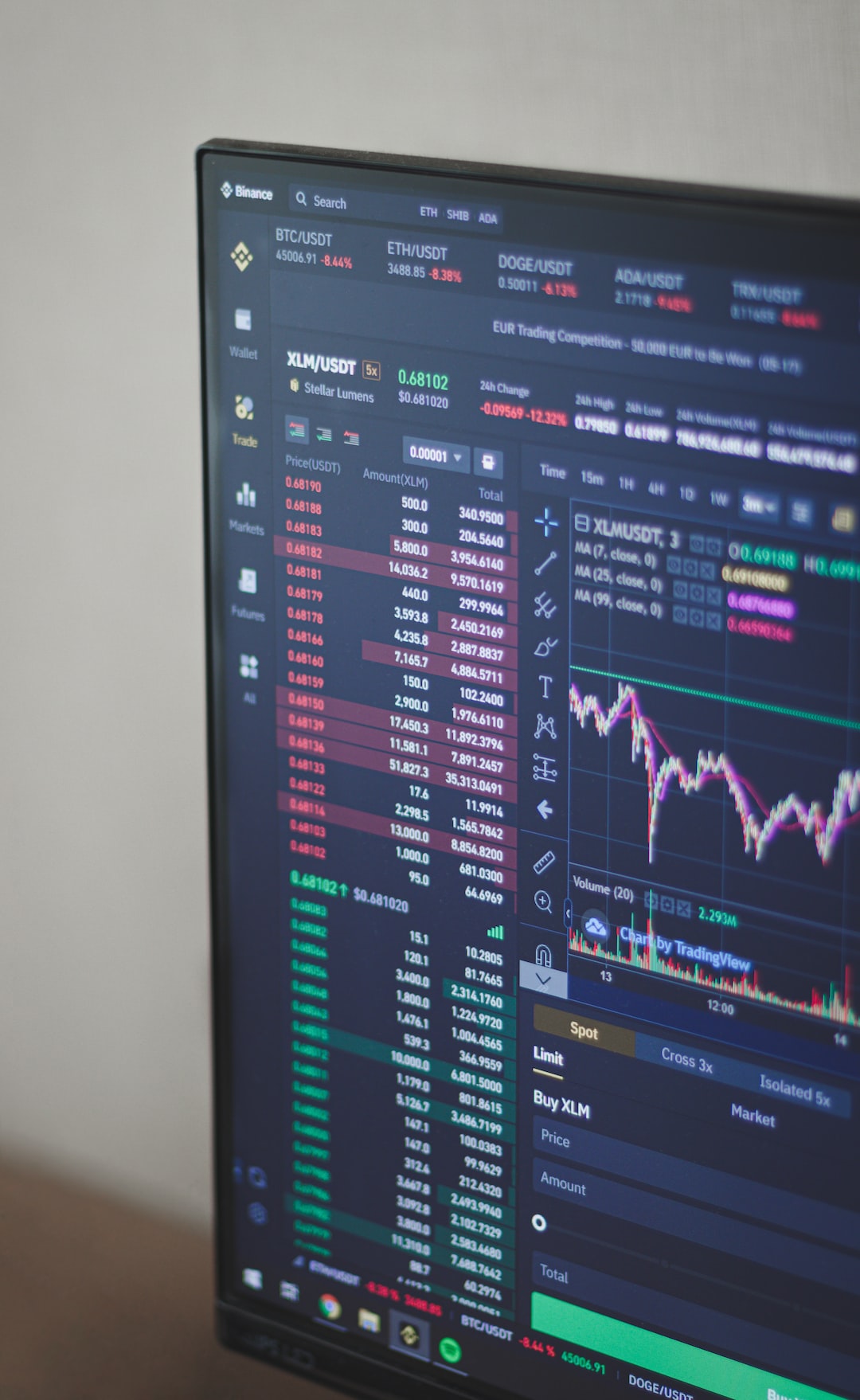Forex Trading Tools and Resources: Essential Resources for Currency Traders
Forex trading, also known as foreign exchange trading, is the process of buying and selling currencies with the aim of making a profit. As one of the largest financial markets in the world, it attracts millions of traders from all walks of life. However, in order to succeed in the forex market, traders need to have access to various tools and resources. In this article, we will explore some of the essential tools and resources that every currency trader should have.
1. Trading Platforms
A trading platform is a software that allows traders to execute trades in the forex market. It provides access to real-time market data, charts, and analytical tools. Some of the most popular trading platforms include MetaTrader 4 (MT4) and MetaTrader 5 (MT5). These platforms are known for their user-friendly interfaces, advanced charting capabilities, and a wide range of technical indicators. Additionally, they offer features such as automated trading, which allows traders to execute trades based on pre-set conditions.
2. Economic Calendar
An economic calendar is a tool that provides information about upcoming economic events and their potential impact on the forex market. It includes indicators such as interest rate decisions, GDP releases, employment reports, and central bank speeches. By keeping track of these events, traders can anticipate market movements and adjust their trading strategies accordingly. Some of the popular economic calendar websites include Forex Factory, Investing.com, and DailyFX.
3. Charting Software
Charting software is crucial for technical analysis, which is a method of analyzing historical price data to predict future price movements. It allows traders to draw trendlines, identify support and resistance levels, and apply various technical indicators. Some of the popular charting software in the forex market include TradingView, NinjaTrader, and ProRealTime. These platforms offer advanced charting capabilities and customizable features to suit the individual needs of traders.
4. News Services
News services provide traders with timely and relevant news updates that can impact the forex market. These services cover a wide range of topics, including economic indicators, geopolitical events, and monetary policy decisions. Subscribing to a reliable news service can help traders stay informed about market-moving events and make more informed trading decisions. Some of the popular news services in the forex market include Reuters, Bloomberg, and CNBC.
5. Trading Education and Courses
Education is a vital resource for currency traders. It is important to have a solid understanding of fundamental and technical analysis, risk management, and trading psychology. There are numerous forex educational websites and courses available that cater to traders of all skill levels. These resources provide comprehensive learning materials, video tutorials, webinars, and mentorship programs. Some of the well-known forex educational websites include BabyPips, Investopedia, and DailyFX.
6. Technical Indicators
Technical indicators are mathematical calculations that traders use to analyze price data and identify potential trading opportunities. They help traders understand market trends, momentum, and overbought or oversold conditions. Some of the commonly used technical indicators in forex trading include moving averages, relative strength index (RSI), stochastic oscillator, and Bollinger Bands. Trading platforms like MT4 and MT5 offer a wide range of built-in technical indicators, and traders can also create and customize their own indicators.
7. Demo Accounts
A demo account is a practice account that allows traders to trade with virtual money in real-time market conditions. It is an essential tool for beginners to gain hands-on trading experience without risking real capital. Demo accounts help traders familiarize themselves with the trading platform, test different trading strategies, and refine their skills. Most reputable forex brokers offer demo accounts, and traders can use them for as long as they need to feel comfortable before transitioning to live trading.
In conclusion, having access to the right tools and resources is crucial for success in forex trading. Trading platforms, economic calendars, charting software, news services, educational resources, technical indicators, and demo accounts are all essential resources that currency traders should have at their disposal. By utilizing these resources effectively, traders can improve their trading strategies, make more informed decisions, and increase their chances of profitability in the forex market.



